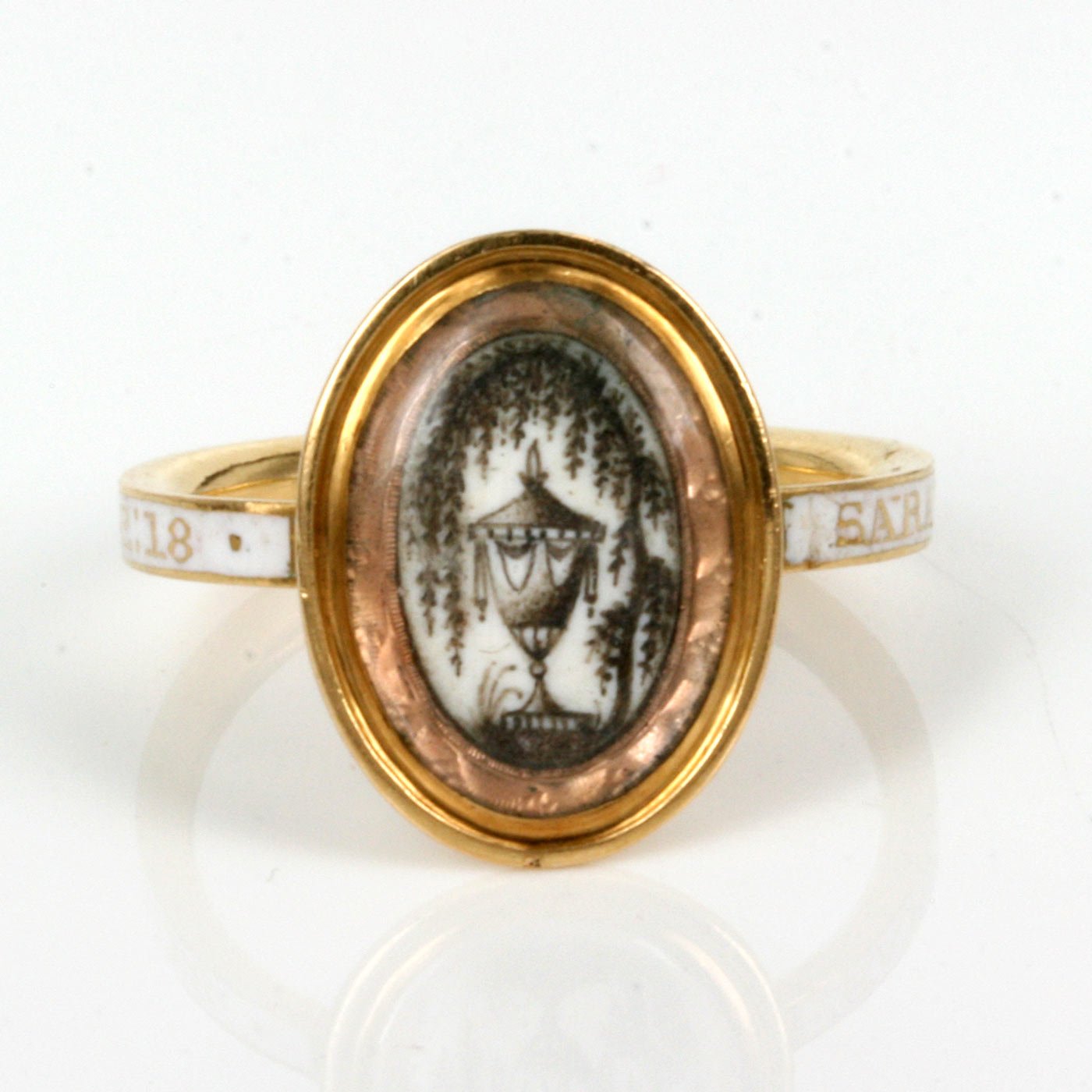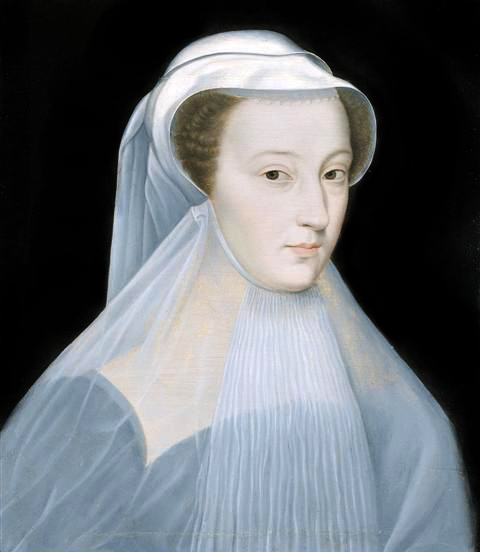My Grandfather passed away two weeks ago and as the news was published in the newspaper and Facebook, the sympathy cards and flowers slowly started arriving.
Each and every one was beautiful from close friends and family, and family we had never heard of on the other side of the country. What intrigued me most though was that each bouquet of flowers (including the potted rose bush) comprised of white flowers, not a medley of cheerful coloured ones, just white.
I'm not complaining.
In fact I'm strangely pleased.
I mean, I know Black is the official colour of mourning (still) and black flowers are virtually impossible to get. And white is the next neutral, black-related colour that is most easily available in flowers.
But though lesser known, White is also a colour for mourning, and has been for a long time.
White was used for children and unmarried women (virgins?), a symbol of their unblemished reputation and social virtue. It's not in the slightest bit relevant to my grandfather, and I doubt he would have appreciated this lesser known historical tradition. But still...
As illustrated through the rings below, the iconography remained the same, but the colour of the enamel differed. Both rings date to the 1780s. As an aside, the illustrations under glass on each ring were likely draw using the hair of the deceased.
Historically, white has also been the colour of deepest mourning among Medieval European Queens. Louise of Lorraine, wife of Henri III of France wore white after the assassination of her husband, and became known as Reine Blanche (The White Queen).
Louise's sister-in-law Mary Queen of Scots is pictured above dressed in the white mourning expected of a French Queen. She had been Queen of France for 17 months and was mourning the death of her husband Francis II, in addition to her father-in-law Henri II and her mother Mary of Guise.
This custom in France influenced the Queen Mother's wardrobe several centuries later when she made a State visit to France whilst still mourning the death of her mother.
It was a tradition at the Spanish courts until the end of the fifteenth century.
Juliana of the Netherland's daughters wore white to their mother's funeral.
Though the flowers were not ordered with me in mind, I appreciate the historical elements they unintentionally depict.
Each and every one was beautiful from close friends and family, and family we had never heard of on the other side of the country. What intrigued me most though was that each bouquet of flowers (including the potted rose bush) comprised of white flowers, not a medley of cheerful coloured ones, just white.
I'm not complaining.
In fact I'm strangely pleased.
I mean, I know Black is the official colour of mourning (still) and black flowers are virtually impossible to get. And white is the next neutral, black-related colour that is most easily available in flowers.
But though lesser known, White is also a colour for mourning, and has been for a long time.
White was used for children and unmarried women (virgins?), a symbol of their unblemished reputation and social virtue. It's not in the slightest bit relevant to my grandfather, and I doubt he would have appreciated this lesser known historical tradition. But still...
As illustrated through the rings below, the iconography remained the same, but the colour of the enamel differed. Both rings date to the 1780s. As an aside, the illustrations under glass on each ring were likely draw using the hair of the deceased.
Historically, white has also been the colour of deepest mourning among Medieval European Queens. Louise of Lorraine, wife of Henri III of France wore white after the assassination of her husband, and became known as Reine Blanche (The White Queen).
This custom in France influenced the Queen Mother's wardrobe several centuries later when she made a State visit to France whilst still mourning the death of her mother.
It was a tradition at the Spanish courts until the end of the fifteenth century.
Juliana of the Netherland's daughters wore white to their mother's funeral.
Though the flowers were not ordered with me in mind, I appreciate the historical elements they unintentionally depict.




No comments:
Post a Comment